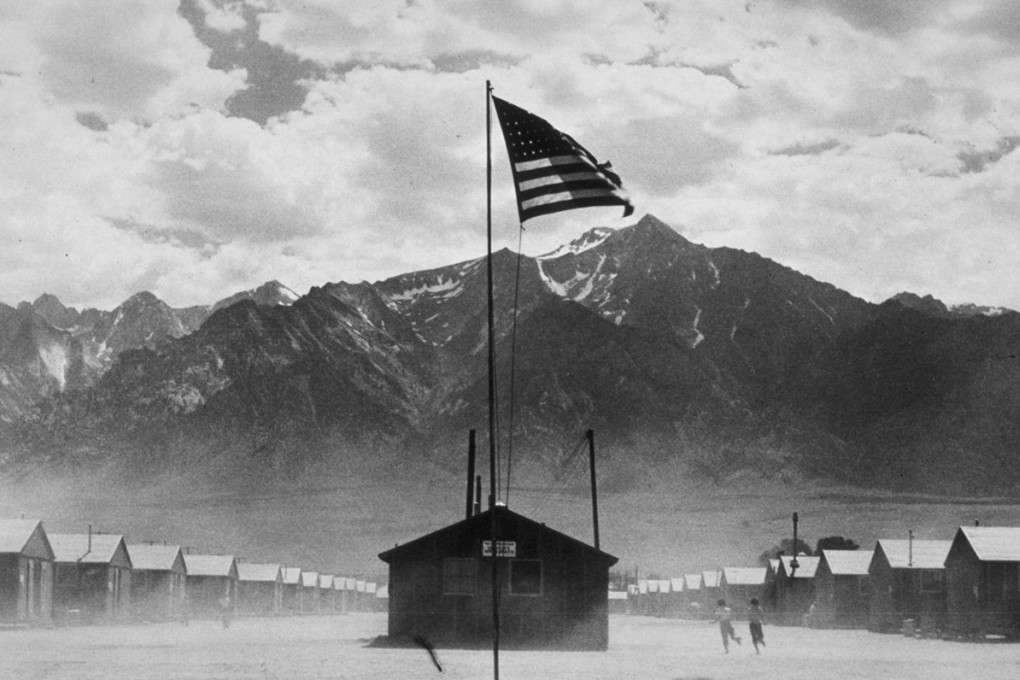Book review: Infamy - how Japanese Americans came to be interned in war
Reeves documents the decisions made in Washington and how they affected the lives of ordinary Americans during the second world war whose only crime was to be of Japanese descent.



"How could this have happened here?" That's the question Richard Reeves asked himself every time he drove by a faded sign in the desert between Los Angeles and San Francisco.
The sign marked the site of the Manzanar War Relocation Centre, one of 10 concentration camps where more than 120,000 Japanese-Americans were locked up during the second world war.
As a group, these first- and second-generation Americans were fiercely patriotic and committed to the "American way". They were successful farmers, businesspeople, students and community leaders. But in time of war, their racial connection to an enemy trumped their rights as citizens.
tells their tale with energy, compassion and moral outrage. Reeves, a veteran journalist, answers his own question with meticulous care - documenting the decisions made in Washington by the world's most powerful men, and how those decisions affected the lives of ordinary Americans whose only crime was to be of Japanese descent.
Within 10 weeks of the Japanese attack on Pearl Harbour, all Japanese living on the west coast and in the Pacific northwest were ordered out. The given reason: they were a threat to security, potential saboteurs whose loyalty would lie with Japan rather than America.
